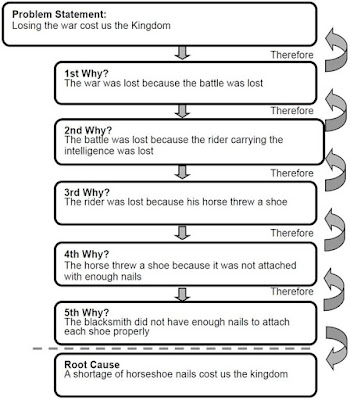Agile lifecycle in TxS
==================
1. Discovery workshops to clarify scope.
2. High level Pega estimates by Pega team (Pega Design Council) - Epic level (in terms of both T Shirt sizes and man days).
3. User story mapping and Release planning sessions.
4. Sprint Planning.
5. Daily standups, Refinement sessions (Every wednesday), Sprint Review (Fri 3pm to 4pm), Retro (4pm to 5pm).
6. Scrum of Scrums [TxR Upstream and downstream] daily 9:45am, standups daily 10:15am to 10:30am.
7. Release Train Scrum of Scrums every Tuesday 2:30pm to 3:00pm.
For Agile Release Train [ART]
======================
o Establish and embed SAFe framework to manage scope, delivery, quality and resources.
o Employ Scrum at team level to reinvigorate team, bring about trust & empathy, transparency and clarity of purpose.
o Coordinate activities in preparation for PI Planning – Backlog with epics, features, stories.
o Coordinate in-PI-planning, dependency management and presentation.
o Plan and coordinate Sprint 0 activities such as initiation, elaboration, architecture, etc.
o Coordinate customer journey mapping and User Story Mapping
o Help team in defining MVP, Release plan, sprints, etc.
o Facilitate sprint planning, daily stand ups, Sprint Review and retrospective.
o Managing program board, dependency management with stakeholders.
o Stakeholder communication, management reporting, etc.
o Manage team conflicts, challenges; escalate where necessary.
==================
1. Discovery workshops to clarify scope.
2. High level Pega estimates by Pega team (Pega Design Council) - Epic level (in terms of both T Shirt sizes and man days).
3. User story mapping and Release planning sessions.
4. Sprint Planning.
5. Daily standups, Refinement sessions (Every wednesday), Sprint Review (Fri 3pm to 4pm), Retro (4pm to 5pm).
6. Scrum of Scrums [TxR Upstream and downstream] daily 9:45am, standups daily 10:15am to 10:30am.
7. Release Train Scrum of Scrums every Tuesday 2:30pm to 3:00pm.
For Agile Release Train [ART]
======================
o Establish and embed SAFe framework to manage scope, delivery, quality and resources.
o Employ Scrum at team level to reinvigorate team, bring about trust & empathy, transparency and clarity of purpose.
o Coordinate activities in preparation for PI Planning – Backlog with epics, features, stories.
o Coordinate in-PI-planning, dependency management and presentation.
o Plan and coordinate Sprint 0 activities such as initiation, elaboration, architecture, etc.
o Coordinate customer journey mapping and User Story Mapping
o Help team in defining MVP, Release plan, sprints, etc.
o Facilitate sprint planning, daily stand ups, Sprint Review and retrospective.
o Managing program board, dependency management with stakeholders.
o Stakeholder communication, management reporting, etc.
o Manage team conflicts, challenges; escalate where necessary.








